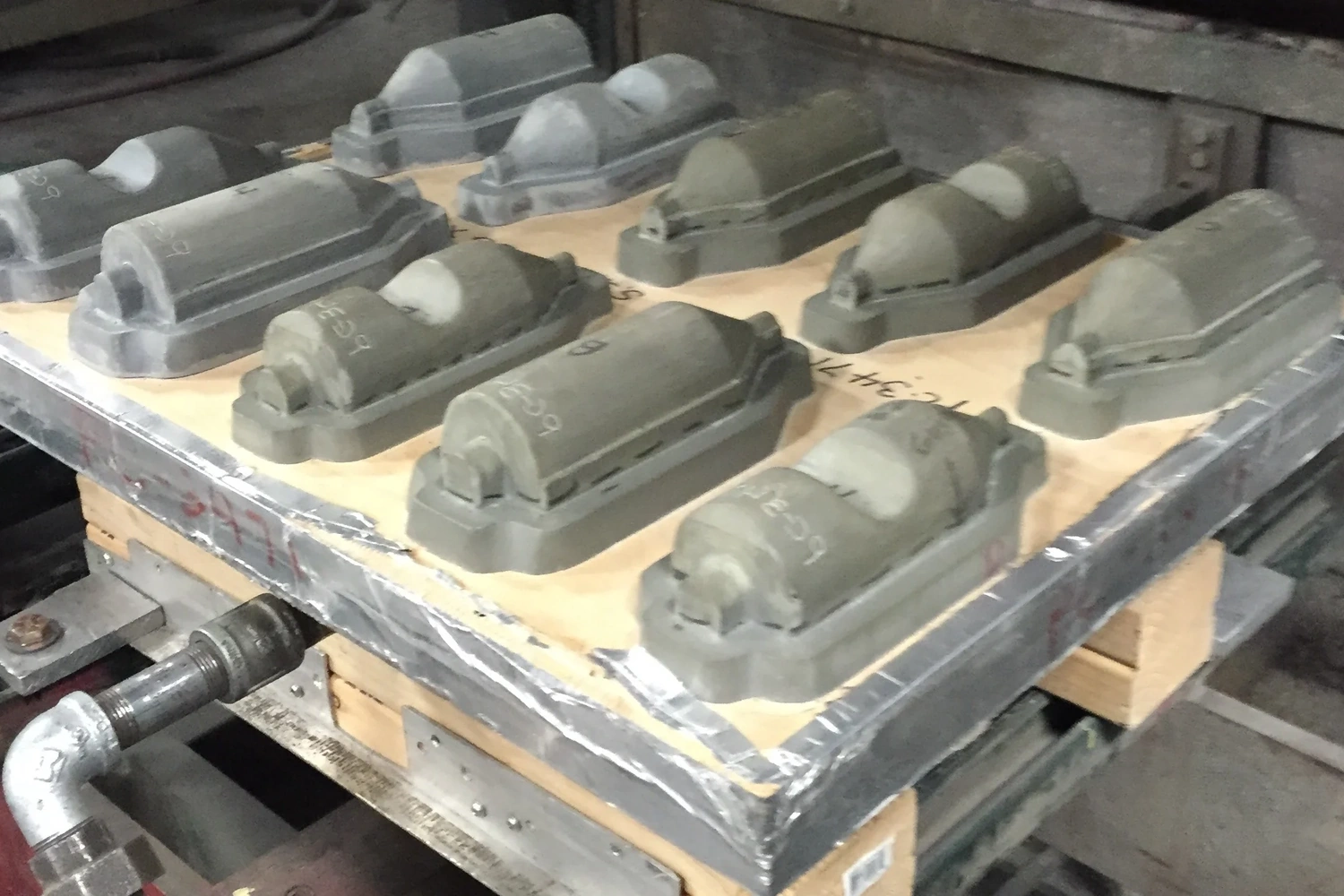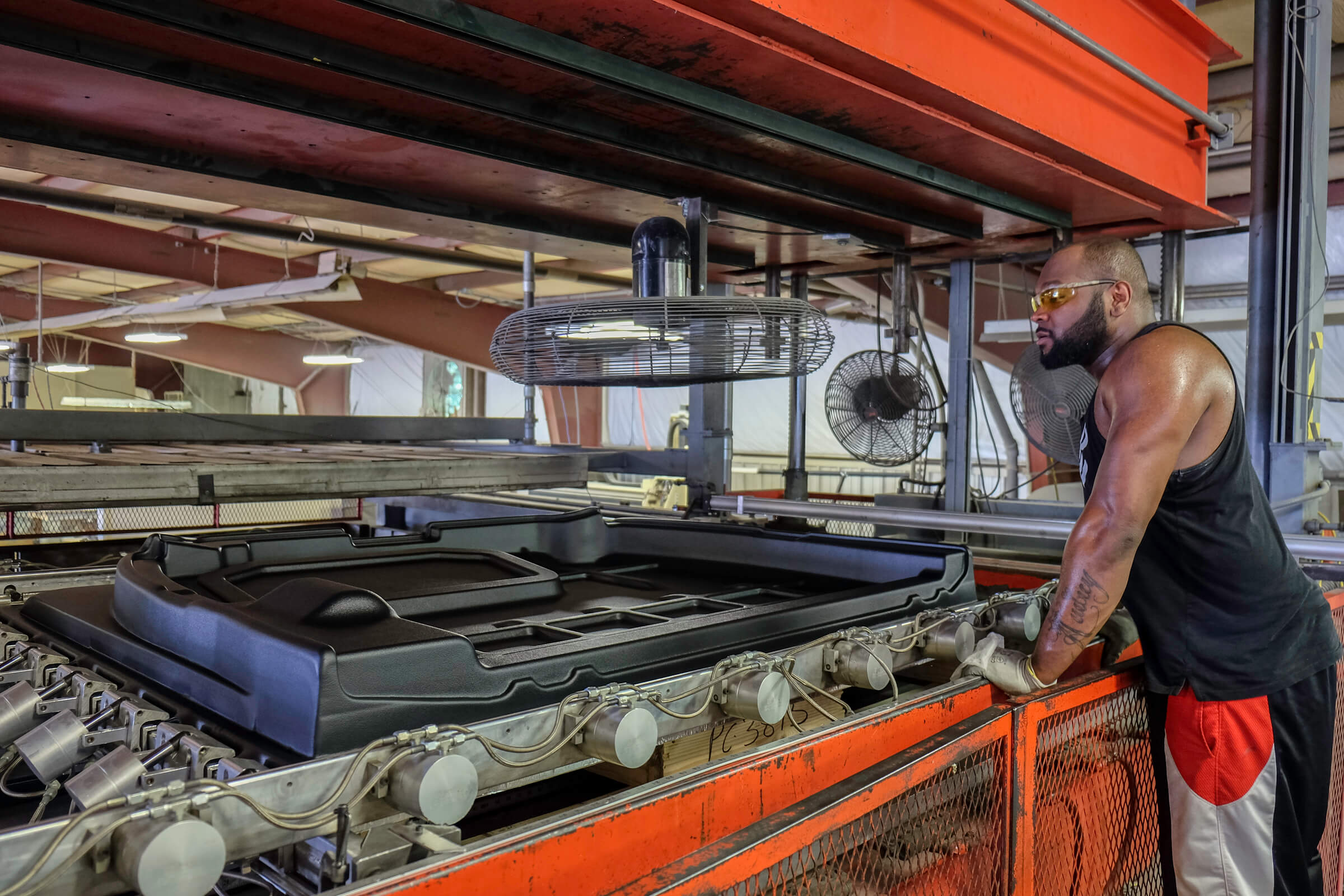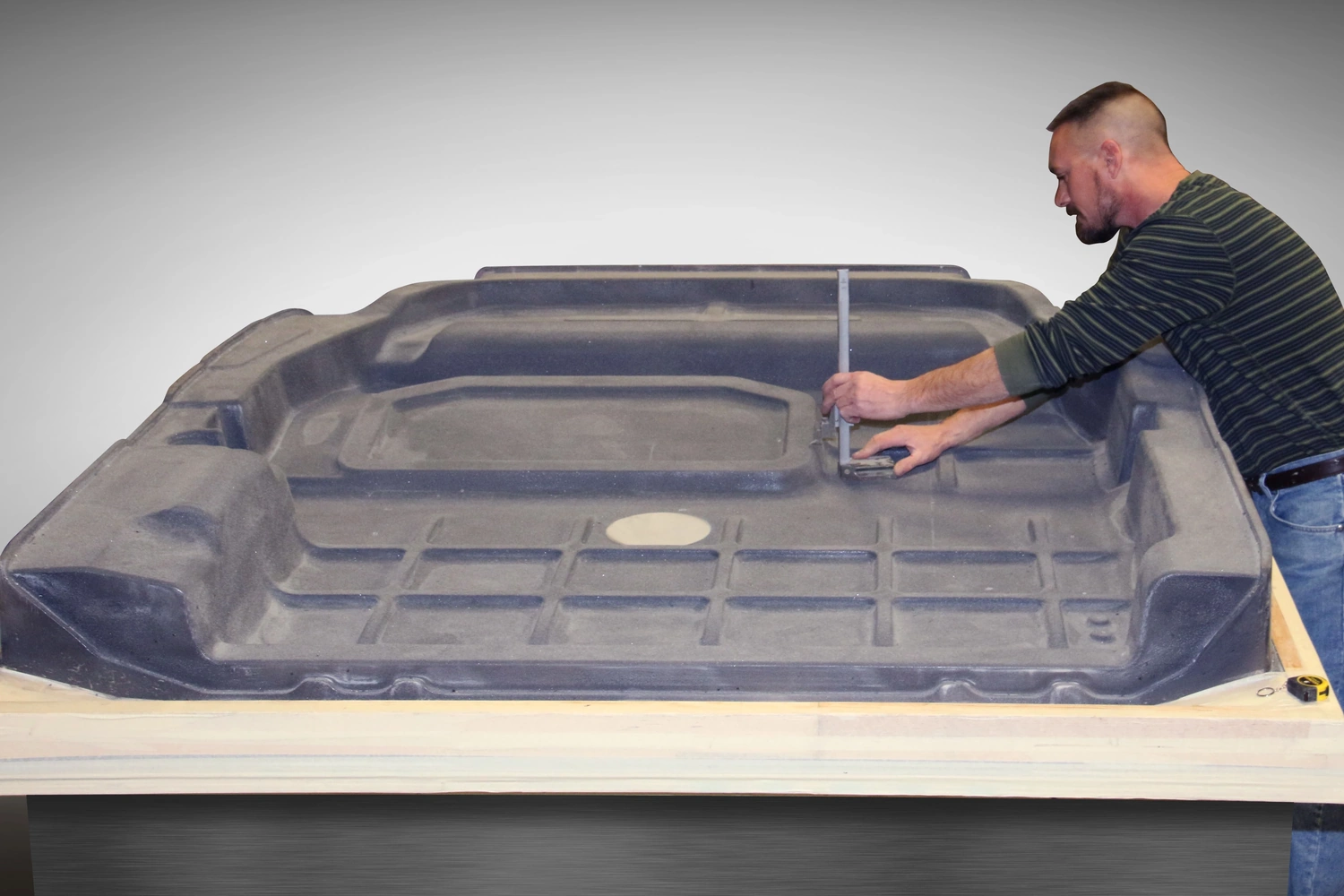Thermoforming is a manufacturing process for forming plastic sheets into usable shapes by preheating the plastic and bringing it into contact with a mold. At Plastic Components, Inc., we specialize in providing large and heavy-duty thermoformed plastic parts for a wide range of industries. This blog will serve to cover the basics of thermoforming, including how it works and the steps involved in the thermoforming process.
How Thermoforming Works
Thermoforming is a four-step process used for plastic design and manufacturing. Each step is crucial to creating a usable end product. The steps include:
1. Heating
Sheets of plastic are placed in an oven and heated. Heating is a careful process, raising the plastic to a temperature at which it will be pliable and moldable but not hot enough to cause it to melt or burn.
2. Forming
Once heated, the moldable plastic is shaped using a mold. Molds come in two major forms, those being the "male" kind consisting of a raised surface to stretch the plastic over and the "female" kind which serves as a recess to place the plastic inside. Regardless of the mold used, a vacuum is used to remove the air from between the mold and the material once the plastic is fitted in place. This forces the plastic to conform to the shape of the mold.
3. Cooling
After vacuum forming, the plastic must cool completely in order for it to regain rigidity and keep its new shape. This is done by allowing the plastic's temperature to be lowered with the help of fans or other cooling processes. Once cooled, the plastic is removed from its mold.
4. Trimming
Due to the nature of thermoforming, the completed plastic part will have excess materials left over from the forming process. Excess materials are trimmed away with a hand router or CNC trimmer, cleaning up the edges and removing any unnecessary plastic from the final design.
The Thermoforming Process
The thermoforming process begins with a design. Most thermoforming projects start out as a CAD file, which can be refined into a shape that best suits the customer’s needs.
Once the design is ready, it is time to select a plastic material. Thermoforming manufacturers work with their clients to identify which material will work best for the job depending on the
functional and aesthetic needs of their project. The most common plastic used is ABS; however, acrylic, nylon, PVC, polyethylene, and vinyl are also common selections.
Once the plastic is selected, it’s time to create the mold, otherwise known as tooling. This can be done in a variety of ways using materials such as aluminum or a composite material that has a higher heat resistance than the molded plastic part. To save money and increase efficiency, several designs may be merged into the same mold, allowing for the creation of multiple pieces at once from the same sheet of plastic.
From there, thermoforming takes place by heating the plastic until it’s pliable and shaping it to the mold using vacuum or air pressure. The material must cool before it is removed in order for it to retain its final shape. Once cooled and de-molded, excess plastic is trimmed away.
Additionally, clients may request extra services on top of the thermoforming process itself. These include services such as painting the completed parts, affixing hinges or other parts, making modifications to the completed design by hand, and more.
Thermoforming from Plastic Components, Inc.
The thermoforming process is an easy and efficient way to create plastic-based parts. Workable with numerous materials and easy to customize, this process is used in numerous industries to craft components such as industrial housings, medical enclosures, and more.
Plastic Components, Inc. has been in business for over 50 years, supplying the best quality thermoformed plastic parts to multiple industries. With a wealth of experience in crafting custom-designed plastic parts we have refined our processes to match the fit, form and function requirements of your project. For more information, or to get started on your custom thermoforming project, contact us today.



